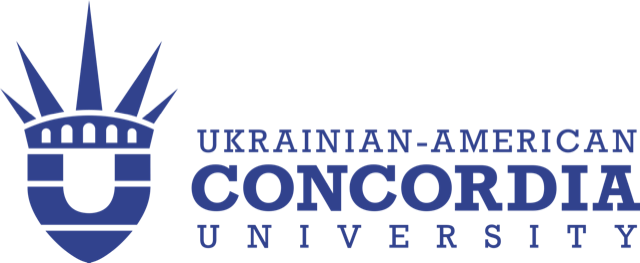Liubov Zharova, Ph.D., Professor, Head of the International Economic Relations, Business and Management Department, NAQA international expert:
“In continuation of last month’s discussion about the use of AI, I think it is necessary to summarize observations about the use of artificial intelligence by students and my own experience, which skills and abilities need to be developed to use the capabilities of the technology effectively.
Formulations. As we once said, during preparing for final exams, half the answer is in the question. This approach should be used when formulating tasks (questions) for artificial intelligence (and not only). It is essential to understand precisely what we want to ask and what answer we expect and then formulate the question clearly. Formulating the problem is thinking before trying to tell the AI what we need; it outlines the focus, scope, and boundaries of the problem, but without a deep understanding of the problem to be solved, your prompts won’t be effective—no matter how well-crafted they are for AI.
Search. The market is constantly developing, which means that new artificial intelligence products appear every week, and a further important question arises – how to determine the most suitable tool for the given task? This requires familiarizing yourself with the main generative tools (algorithms) of artificial intelligence, such as ChatGPT and Stable Diffusion, comparing the results of using search engines with the support of artificial intelligence, such as Microsoft Bing and Google Bard, and, most importantly, choosing the most appropriate one for the research objectives.
Experiment. The desire to experiment and search for answers is necessary for any creative task. There is no single correct answer and placebo approach in using AI; only constant search, functional interaction with artificial intelligence, trial, and error process, and evaluation of results will make it possible to use AI effectively and innovatively.
Critical thinking. Generative AI tools sometimes produce inaccurate or biased content and don’t consider all contexts and prerequisites—perhaps their most significant limitation. Critical thinking helps identify and mitigate this limitation. It is necessary to check the information and to have a formed own point of view to evaluate the received data or arguments.
Reflection for understanding one’s emotional reactions to interaction with artificial intelligence and evaluating the results obtained. This will also avoid the temptation to replace your texts with AI answers, losing your style and point of view.
In conclusion, I would like to emphasize once again that artificial intelligence is a tool that requires one’s development and understanding of the purpose for which we resort to AI. Effective use develops
- ability to identify, analyze and define problems;
- the ability to distinguish AI tools and choose the most appropriate one for the task
- critical thinking
- the ability to reflect on the results obtained.”

